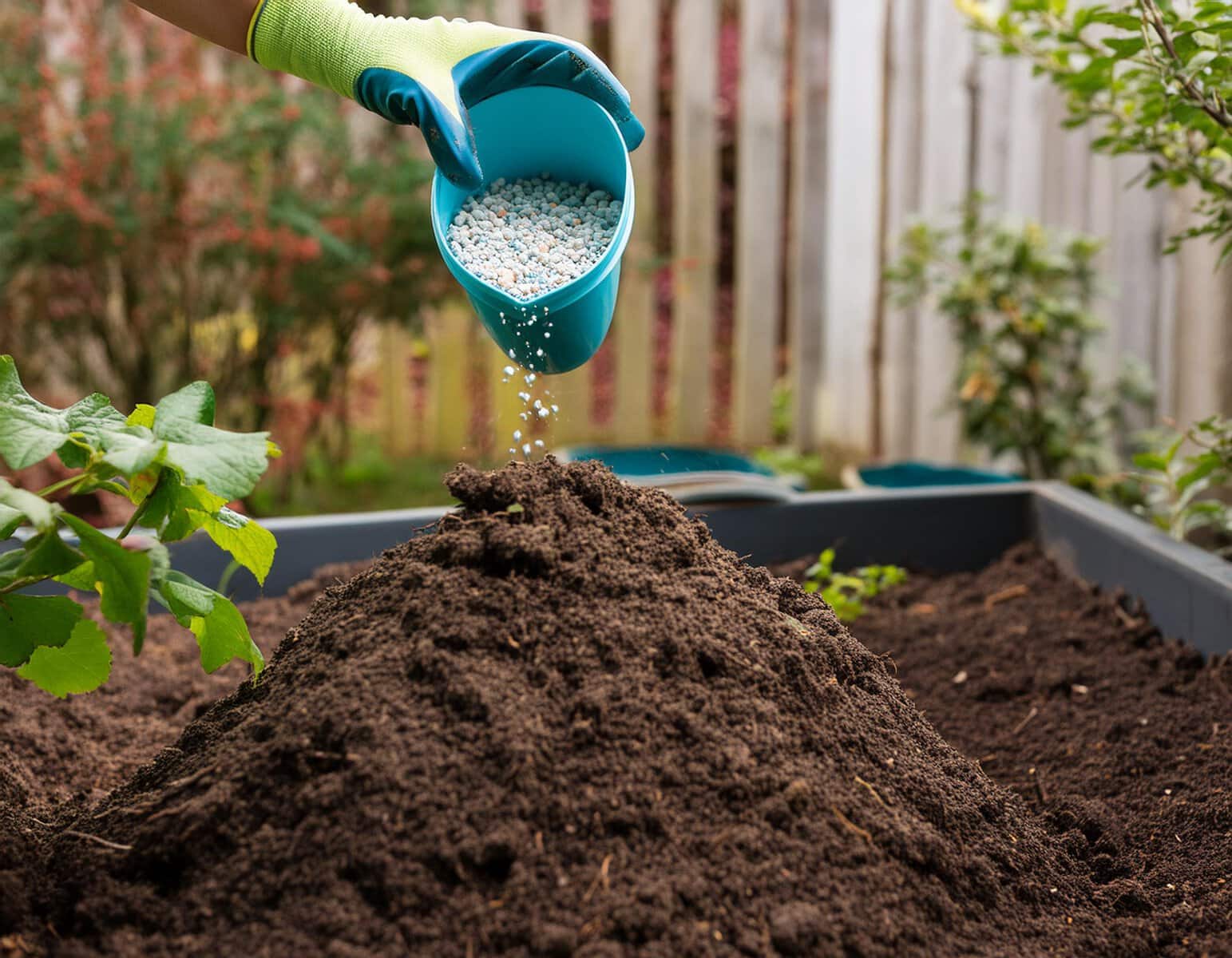Now that spring is here, and the plants are beginning to send out new growth, it is a good idea to start thinking about applying fertilizers.
But what kind of fertilizer do you need to put down? Do all plants require the same fertilizer? What do the numbers on the bag or package of fertilizer mean?
If you are new to caring for plants, the aisle long display of all the different choices can be overwhelming.
First, let’s look at the differences between inorganic and organic fertilizers.
Inorganic, i.e. chemical-based, fertilizers do not contain carbon and are generally manufactured, water-soluble products, meaning that the fertilizer is often diluted with water and applied in a liquid for, such as Miracle-Gro.
They can provide a rapid delivery of nutrients in a liquid form or a more controlled release of food in coated forms, such as Osmocote.
Inorganic forms are generally cheaper to purchases than organic fertilizers per pound of nutrient.
This is because it can be processed right there on site, whereas organic sources might have to be imported in from far away places.
These fertilizers are easy to use when calculating precise applications rates.
You will find that inorganic fertilizers have higher numbers appearing on the box when it comes to the N-P-K ratio (nitrogen, phosphorus and potassium, as represented by their chemical elements).
Some examples of inorganic, higher fertilizer would be 15-30-15 (Miracle-Gro) or an all-purpose food, such as 0-20-20.
Because of the higher numbers, they have a higher risk for burning the roots of the plants and a greater potential for loss to the environment through leaching and runoff.
Organic fertilizers are carbon-based and derived from living organisms, such as fish emulsion or blood meal.
Organic forms of fertilizer are generally considered to be slow-release.
Micro-organisms in the soil breakdown the organic nutrients into plant-available forms, and this can take days to weeks to do so.
With chemical-based fertilizers, they are dissolved in water and can be taken up immediately by the plant.
I always try to use organic fertilizers as my go to. They provide a slower but longer feeder, which is better for the plant.
An inorganic food feeds quickly but does not last long. Organic fertilizers will always have lower N-P-K numbers than inorganic ones.
But this means that it also has a lower burn potential and are less likely to be lost to the environment.
Some examples of organic fertilizers are bloodmeal (13-2-0), organic tomato fertilizers (3-6-4) and fish emulsion (5-1-1).
You can also by composted sheep or cattle manure, which usually has been composted down to a 1-1-1 fertilizer.
A great organic product is one called Actisol, which is primarily chicken manure.
Now, let’s talk about those three numbers that appear on all fertilizer packaging.
When you think of those three numbers, which always represent nitrogen, phosphorus and potassium (always in that order), think of up, down and all-around.
So, the first number is nitrogen: think “up.” Nitrogen is for upright, leafy growth.
If you use high-nitrogen fertilizers on flowering plants, or vegetable plants, you will get lots of leaf growth with very few flowers or fruit.
Take a tomato plant, for example, and use a high-nitrogen fertilizer: you will end up with large leafy plants and very few tomatoes on them.
For fertilizing your lawn in the spring, a product higher in nitrogen will help promote a thick, green lawn.
Nitrogen is considered to be mobile in soil, meaning that it moves with water, whereas phosphorus and potassium are more stable.
This means it is best to apply nitrogen when the plants are ready to use it — applied too early and it will have already been leached through the soil.
If you have sandy soil you may have to apply nitrogen more often at a lower rate as it will leach through the porous soil quicker.
Phosphorus is the second number — remember I said to think up, down and all-around.
So, phosphorus is the “down” part of the equation, meaning phosphorus is for healthy root growth.
It is also for blooms and fruit. Unlike nitrogen, phosphorus is not mobile in the soil and needs close contact with the plant roots to be taken up.
Therefore, a higher phosphorus fertilizer applied prior to, or while you are planting or transplanting, will help the plant to establish quickly.
Use a higher phosphorus fertilizer on flowering plants and on fruit and vegetable plants. A good organic source of phosphorus is bone meal.
The third number of the equation is potassium, or thin of it, “all-around.”
Potassium is kind of like a Multi B vitamin pill. It is all around a good thing to have.
It helps support disease resistance and plant hardiness.
So, let’s look at the example of lawns again.
In the spring, you would use higher nitrogen to promote deep green blades.
In the fall though, you want to strengthen the roots and the overall health of the lawn, so, a fall fertilizer higher in phosphorus and potassium is better suited.
Finally, remember to always follow the instructions on the package.
Just because a certain mixing strength is recommended, doubling the concentration does not make it twice as effective and may be harmful for your plants.
Joanne Young is a Niagara-on-the-Lake garden expert and coach. See her website at joanneyoung.ca











